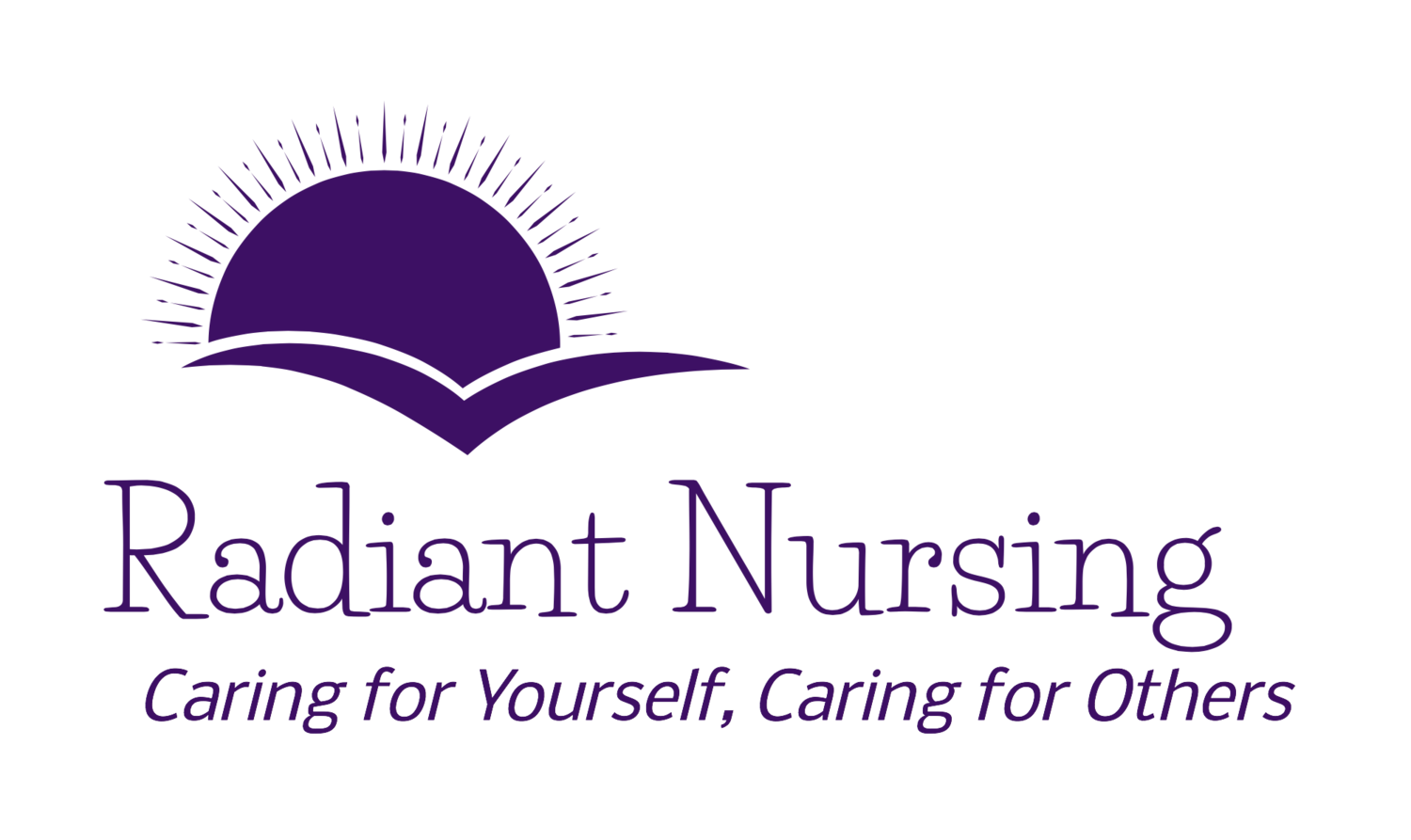Davis Farmers Market
/Job Transfer To California
One of the advantages of the new job was that I would not have to dig my car out of winter snow and ice in the cold, black hour of 6:30 a.m.
Six-thirty a.m. in the dead of winter is an hour no civilized person should step out of their bed, much less their house.
I dreaded those early mornings when I opened my front door and waded into the treacherous black night that had yet to turn into day. You'd tell yourself to watch out for an ice patch, but that slick ice grabbed your ankle and smashed you to the ground faster than you could take a breath. I would be left with a thigh-consuming bruise from hip to knee.
Hobbling into work, I'd only get cold stares from co-workers conveying their annoyance that I wasn't there earlier.
Those icicle days were over. No more bags of salt for icy stairs. No more winter woes of shoveling snow to get to work.
California, here we come.
Davis Farmers Market
California – the land of nuts and fruits. This is an old, tired joke but, truth be known, California really does have an abundance of fruits and nuts that grow here.
I discovered this was another job advantage. I would be living near The Central Valley, one of the world's most productive agricultural regions. More than 230 crops are grown there.
Just 20 miles from home, the Davis farmers market throws its arms open wide to welcome a multitude of food sellers. It's an outdoor market with a covering. It's situated next to a large park if you fancy bringing a blanket for an outdoor picnic.
The farmers market has existed for over 35 years. The market grew from just three farmers with boxes of produce on the ground, some eggs and loaves of bread to a thriving marketplace that now has a growing number of vendors and fruit and vegetable cultivars.
“The market operates under a pavilion built especially for it with public funds, one of the few of its kind in the state, and it draws 7,000 - 10,000 people each week.”
The Davis farmers market is open rain or shine twice a week:
Saturdays from 8 am – 1 pm and Wednesday evenings.
Fresh And Organic
Nothing beats the taste of fruits and vegetables that were picked only a day or two before you eat them. Flavors burst in your mouth and a long-forgotten sweetness romances the cells of your body. The produce is fresh and vibrant – alive.
I am particularly fond of the organic peaches. Just look at this photo of a ripe peach.
Organic food decays faster, so you have to plan for it, buying just what you need or tucking it in the refrigerator sooner than you'd expect. In the supermarket, chemicals are used to make the fruit firmer and to make it last longer, but it also contributes to a decrease in taste.
Seasons Of The Earth
Going to the farmers market put me in touch with how our produce reflects the seasons. In our modern grocery stores, foods are flown in from around the world, creating the illusion that nothing ever goes out of season. It's always spring somewhere.
As a steady market-goer, I learned to sense the pulse of our earth. I watched the produce change and respond as the days darken and then lengthen again. Peaches are simply not available in December.
At the farmers market, I celebrate the arrival of cherries and peaches and wistfully bid them goodbye when they must go.
The sweetest cherry tomatoes are bright orange and red. They sing their song, then leave. I anticipate their arrival a few weeks before they're ready. When are the cherry tomatoes coming? Wait for it, wait for it, ahhhh, here they are.
Grapes have a late summer timing and their sweet nectar is unlike anything purchased in a grocery store.
In winter, we welcome the citrus crops. I rejoice when asparagus arrives on the scene.
"How much longer will the cherries last?" I ask one of the vendors.
"Only two more weeks!" he calls out to me.
When we come to the end of a season, I try to plan accordingly and stock up. I can't buy enough to last for the rest of the year, but I can extend the season just a little. For example, I'll cut up fruit and freeze it for future smoothies.
Sometimes I won't be able to get to the market for a week or two and when I return, I've already missed it. A certain fruit or vegetable is gone for the year.
Awareness With Our Food
Students of The Radiance Technique® (TRT®) can use TRT® with their food. Your hands have Radiant Touch® and give you access to universal energy. Any time you handle your food, you expand upon the vitality that remains in it.
Use TRT® hands-on as you prepare and cook your food.
With TRT®, you expand your awareness of your foods as well as how they get into your home. Honoring your food and everyone who helped bring it to you is part of the process.
If you visit this part of California, it's worth planning a stop at the Davis farmers market.






